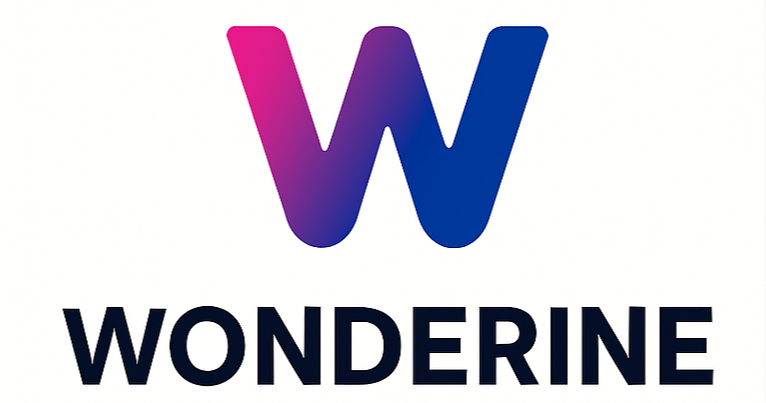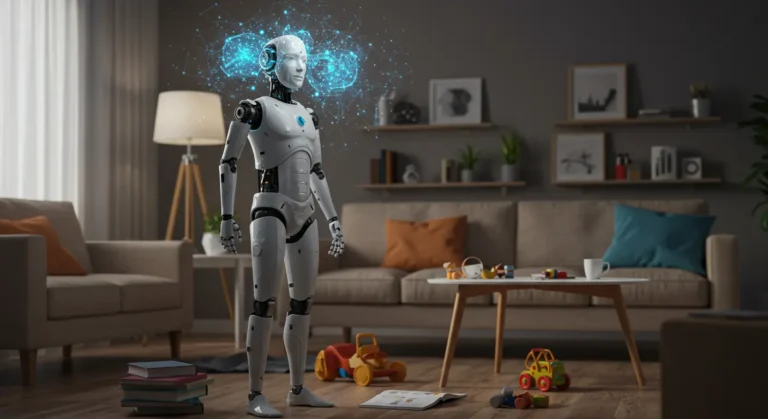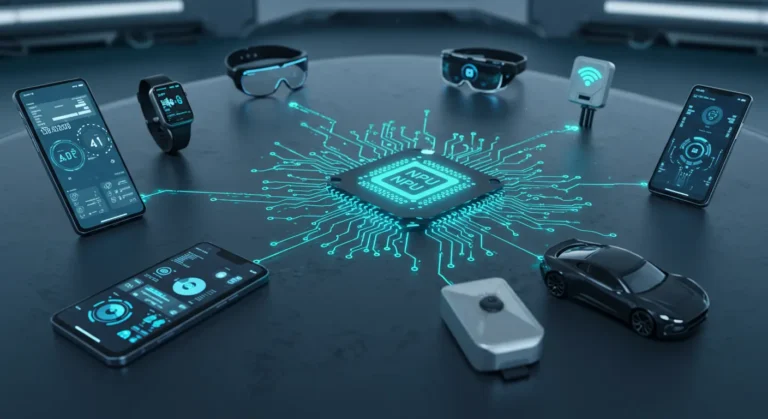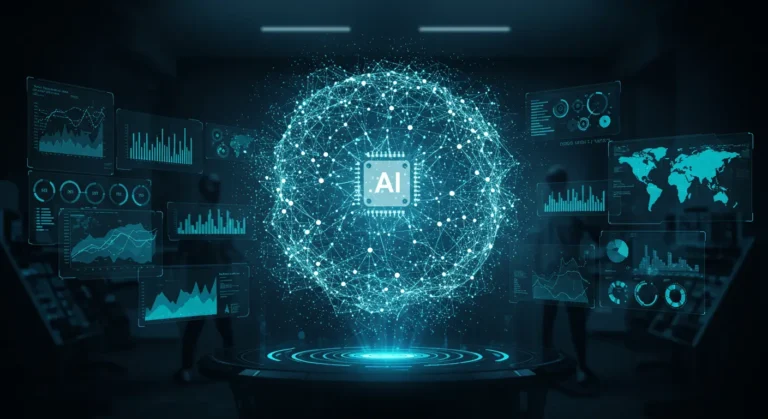
Code is no longer written — it’s vibed.
Welcome to 2025, where AI-assisted development has evolved beyond autocomplete. Thanks to a new paradigm known as “vibe coding”, developers are starting to orchestrate code rather than write it line by line. It’s fast. It’s intuitive. And it’s reshaping who gets to build software — and how.
Coined by AI veteran Andrej Karpathy, vibe coding describes the act of telling an AI what you want in natural language, then refining the output until the solution “feels right.” Think less syntax, more intention. Less debugging, more prototyping. And in a world where speed is survival, that shift matters.
What Is Vibe Coding, Exactly?
Vibe coding is prompt-driven development.
You describe what you want — “a booking calendar with time zone awareness” or “a chatbot that connects to Stripe” — and your AI assistant generates the code. You tweak the prompt, it iterates. You don’t need to know every API method; the AI does. Your job is to shape the outcome.
This isn’t traditional pair programming. It’s pilot-and-autopilot with you as the pilot and the LLM (like GPT-4, Claude, or open-source models) as your co-pilot that occasionally flies the plane better than you do.
“The code isn’t always perfect. But the vibe gets you 80% there — and fast.”
— Andrej Karpathy

Who’s Using Vibe Coding — And Why It’s Spreading
The rise of vibe coding isn’t academic — it’s commercial. Developers, startups, and even solo founders are already incorporating it into their workflows:
- Startups: Founders rapidly prototype MVPs by prompting AI to generate backend logic, web UIs, and integrations.
- Indie devs: Solo developers ship polished micro-SaaS tools without hiring a team.
- Enterprises: Companies integrate vibe coding into internal tooling to accelerate development.
The Benefits: Speed, Accessibility, and Creativity
- Speed: Vibe coding reduces development time by hours or days for many projects.
- Accessibility: Enables non-coders to build apps via natural language prompts.
- Creativity: Frees developers from syntax and lets them focus on idea execution.
What It’s Not: Limitations and Risks
- Code Quality: AI output may need refinement and review for bugs or inefficiencies.
- Black-Box Effect: Developers may not fully understand the generated code.
- Ethics & IP: Legal uncertainty around code ownership remains a concern.
That’s why developers treat AI output as scaffolding — not production-ready software.
What Does This Mean for the Future of Coding?
Vibe coding is not the end of programming — it’s the evolution of it.
- “Prompt engineers” will be real job titles
- Hybrid teams of humans + AI assistants will emerge
- New IDEs will focus on natural language inputs
- A more diverse group of people will enter tech

FAQs
Is vibe coding only for beginners?
No — it’s used by senior devs and AI-fluent professionals to save time and scale ideas.
Which tools support vibe coding?
ChatGPT, GitHub Copilot, Replit Ghostwriter, Cursor, and tools using Code Llama or Claude.
Is it safe to use AI-generated code in production?
Only after rigorous testing, refinement, and oversight.
🚀 Build Faster. Code Less. Think Bigger.
Whether you’re a founder, maker, or AI-curious, vibe coding is your ticket to the next era of software creation.
👉 Subscribe to Wonderine for weekly tech trend briefings from Juno Vector and friends.




